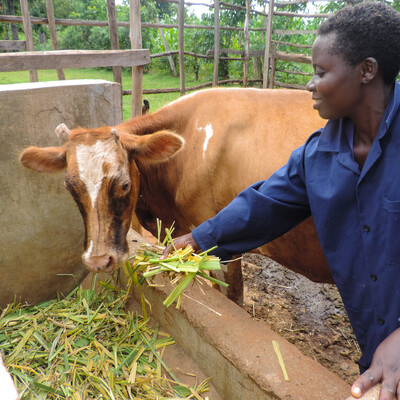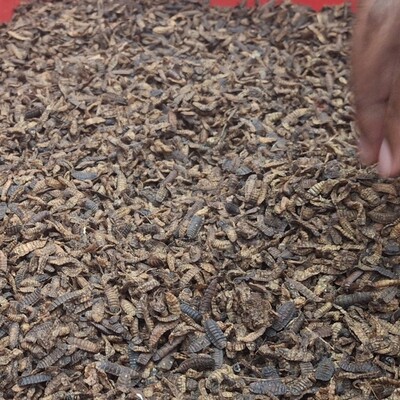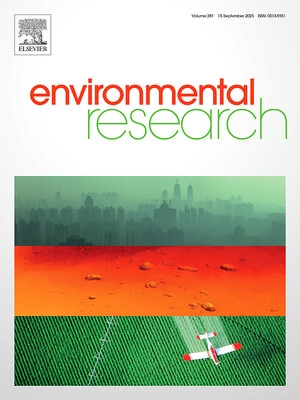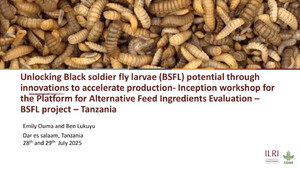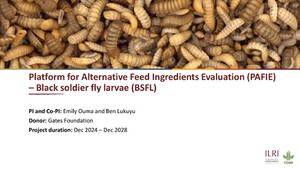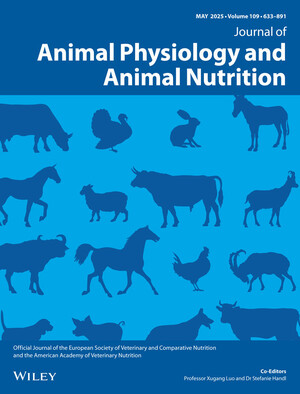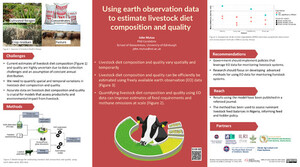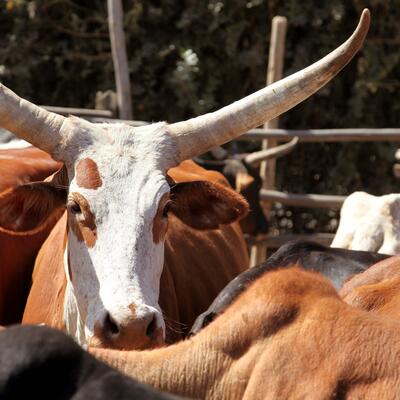
Animal nutrition approaches to profitable livestock farming and sustainable livelihoods
Contributing about 40% of protein in human diets globally and more than 50% in developed countries, animal-sourced foods (ASF) are crucial to the nutrition of millions of people. Increasing demand for livestock products, particularly in low and middle income countries, offers market and income opportunities for many smallholder livestock producers. However, the livestock sector is facing increasing pressure to reduce its impact on the environment, especially its greenhouse gas (GHG) emissions, and the water use of some livestock production systems.
Researchers, involving a combination of agricultural economists and biological scientists working on livestock feeds, from the International Livestock Research Institute (ILRI) and India’s National Dairy Development Board believe that ‘feed resourcing and feeding is at the very interface where the positive and negative effects of livestock, income, livelihoods and environment are negotiated’. They make the case that animal feeding and nutrition deserves greater attention as a critical discipline in addressing the environmental impacts of ASF production to ensure livestock-based livelihoods are maintained in the face of these challenges.
‘Feed is the major input cost in livestock farming and the lack of affordable, reliable, and acceptable (in terms of quantity and quality) feed represents a major constraint to smallholder competitiveness and the overall profitability of livestock production systems. The choice of feeds and feeding strategies also has major implications for natural resource usage and GHG emissions.’
Their findings, which are published in Perspectives in Animal Nutrition 2018, present approaches for improving feeding to achieve animal nutrition goals including:
- lowering feed costs and/or increasing ASF production and productivity to increase the economic benefits from ASF production;
- decreasing the environmental footprint of ASF production;
- reducing the labour requirements associated with feed resourcing and animal feeding, and;
- providing opportunities for enterprises in feed production, marketing and processing to generate income and make off-farm produced feed available.
To tackle rising feed costs compared to farm gate prices of ASF, the researchers recommend addressing feed scarcity by increasing feed resources from forages and crops residues. They suggest that these measures should be supported by investment in research to improve the quality of these resources. At the same time, leveraging technologies for the deconstruction of ligno-cellulosic material and matching and optimizing feed nutrient supply and animal performance on-farm can improve the efficiency of feed utilization enabling farmers to keep fewer, more productive, animals thereby reducing GHG emissions.
The scientists call for a paradigm shift in feed research, giving more attention to the production of affordable off-farm produced feed. This will require increased cooperation between animal nutritionists, economists and the private sector in developing viable business plans to open up more opportunities for feed production-related businesses and to create employment for the youth. Overall, they argue, achieving these animal nutrition goals will require greater partnership between feed researchers and forage and crop breeders, economists, socio-economists, natural resource management experts, policymakers and the private sector.
Michael Blümmel, deputy program leader of ILRI’s Feed and Forage Development program, presented findings from this research at the Plenary Opening Session of the Indian Animal Nutrition Association XI Biennial Conference in Patna on 19-21 November 2018. Download his presentation: https://www.slideshare.net/ILRI/blummel-anacon-2018
Read the full paper Animal nutrition approaches for profitable livestock operations and sustainable rural livelihoods








